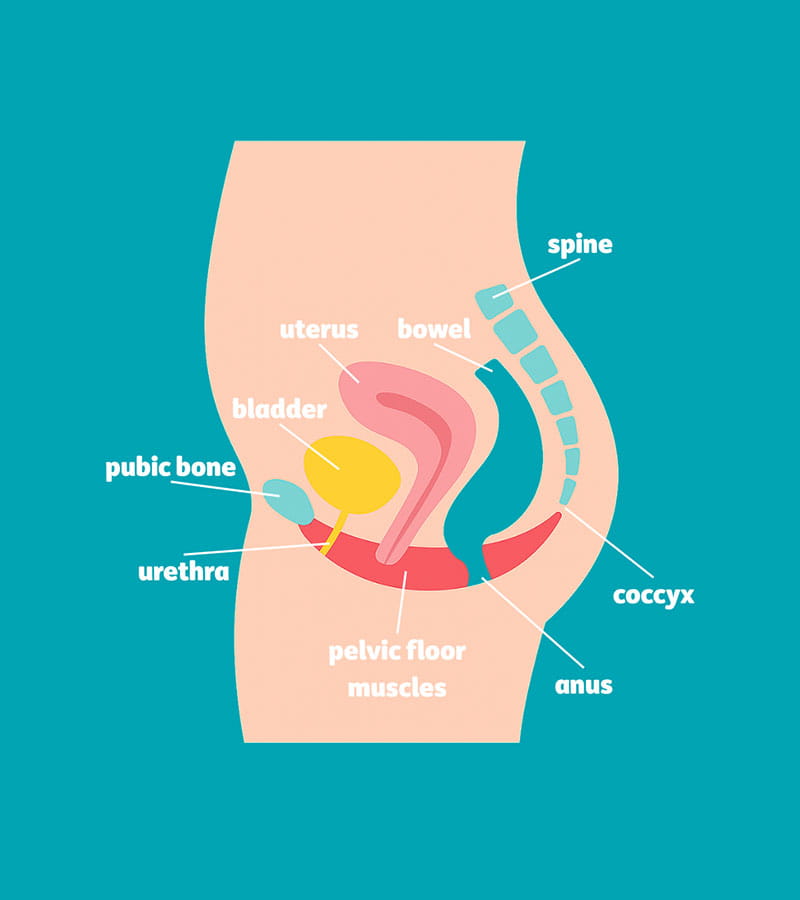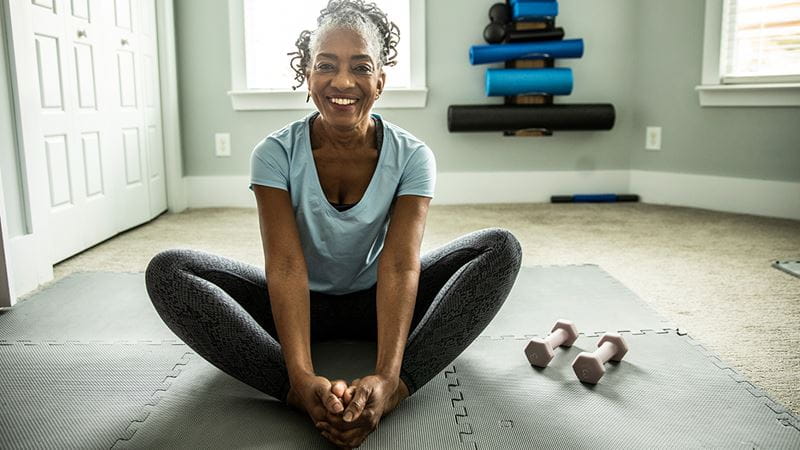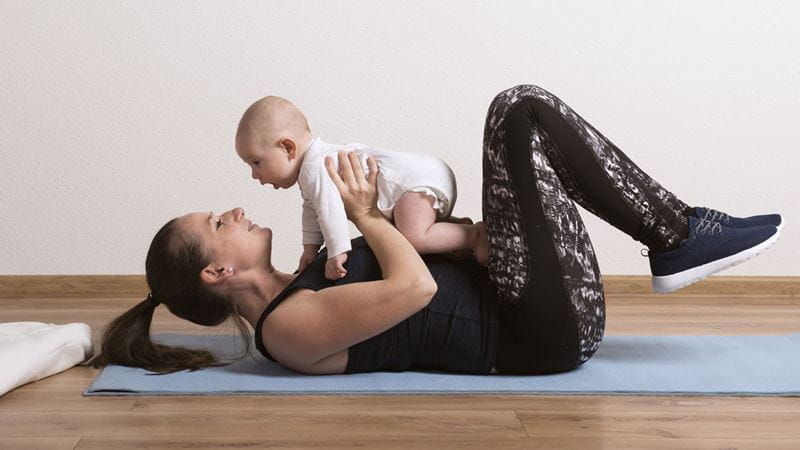Blog article
The Kegel Chronicles – A postpartum guide to building pelvic floor strength with a Women’s Health Physio

Meet HBF Physio’s Danica. With a Masters in pelvic health, she’s here to provide some expert insight into
the benefits of working with a women’s health physio in your postpartum months and a bit about what you can
expect from your initial appointments — including a workout you’ll want to get in the Mother’s
Group WhatsApp chat pronto.
We’ll walk you through a month of pelvic floor-focused exercise and nutrition, and how a
tailored plan can help you feel confident returning to exercise and keeping up with all that life as a new mother
entails. Consider it a small reminder to make a physio appointment but a big reminder that you are doing
great.
Depending on your pregnancy and delivery, you may be experiencing:
- Pelvic Pressure or Heaviness: A feeling of "something falling out" or a bulging in the vagina.
- Pelvic Pain or Aching: Generalized discomfort in the lower pelvis that may feel worse with standing or sitting for a long time.
- Urinary Symptoms: Leaking urine, urgency, or difficulty starting urination – this is often due to weakened or overworked pelvic floor muscles from pregnancy or childbirth.
- Bowel Symptoms: Don’t forget the bowels – they are included in all this! Constipation, pain during bowel movements or fecal incontinence may be experienced postpartum.
- Muscle Tightness or Spasms: The pelvic floor can become overly tight (hypertonic) from trying to protect or compensate after injury.
This is all in the realms of what a women’s health physio can support you with.
Step One: Getting to know your Physio, and your pelvic floor
Your initial appointment is an important one. If you didn’t work with a Physio during pregnancy, you may be a
stranger to a pelvic floor exam via ultrasound. In postpartum, to help create a plan tailored to your needs, an
internal vaginal examination may also be performed.
Danica says this is the best way to accurately assess the pelvic floor for; baseline strength, endurance (how long you
can hold a contraction) functionality (how well you can contract and relax the pelvic floor), vaginal prolapse, and
any tender or tight areas.
Once you have made an informed decision and consented to the exam your physio will assess the resting tension of the muscles, ask you to contract and relax the muscle several times as well as assess what your pelvic floor does under strain (eg. cough, sneeze, bearing down). The results of this assessment will be used to create a targeted program, with everyone’s being a little different.
Step Two: It’s about squeezing (so you don’t fear sneezing)
But first, a diagram. This is your pelvic floor.

Now that you know what it looks like, let’s talk about how your physio will design exercises tailored to your history. You’re looking at a powerful mix of basic Pilates, moving up to high-impact exercises, topped off with empowerment.
Here’s how Danica from HBF Physio works with her postpartum clients:
- Tailored Pelvic Floor Exercises: Specific exercises to strengthen weak muscles– pelvic floor exercises (Kegels) aimed at overloading your muscles to improve strength and function or, in the case of overactive pelvic floor muscles, techniques to relax and lengthen them.
- Manual Therapy: Hands-on techniques to release muscle tension, scar tissue, or adhesions (especially helpful after tearing, episiotomy, or C-section). Gentle internal work may be used to improve mobility and reduce pain.
- Bladder and Bowel Retraining: Techniques to improve bladder control, reduce urgency, or manage constipation. Education on proper toileting posture and habits.
- Core and Posture Rehab: Training in safe abdominal and core activation, especially if you have diastasis recti (separated abdominal muscles). Guidance on posture, breathing, and body mechanics to reduce pressure on the pelvic floor.
- Pain Management: Help with perineal pain, vaginal dryness, or pain during intercourse. Use of techniques like desensitization, biofeedback, breathing, and relaxation exercises.
- Education and Empowerment: Learn about what’s normal, what to expect during recovery, and how to safely return to exercise, sex, and daily activities. Danica also likes to provide support for emotional well-being, acknowledging how pelvic discomfort can affect mental health.
When it comes to returning to exercise, it’s all about going back to the basics to begin with; pelvic floor control, abdominal/core control and hip/lower limb control. Whether it is through a supervised home-based program or group exercise setting such as pilates, working on the foundations and then gradually progressing is important.
“There is so much pressure on new mums to “bounce back”. We need to remember that pregnancy changes occur over a 10-month period and labour has a significant impact on our bodies. Return to exercise should be looked at as a marathon not a sprint. A lot of women are not ready to return to high impact activity or sport at 6 weeks and that is ok.” Says Danica
If you're thinking about growing your family again, it's the perfect time to check in with your body — especially your pelvic floor. Even if your first postpartum year didn’t include structured rehab (hello, survival mode) you can still build a stronger foundation for pregnancy #2 (or #3, or #4). Once again, it’s all about going back to basics; reconnect with your core and pelvic floor, address any lingering symptoms (heaviness, leaking, weakness) and learn strategies to support your body during pregnancy and birth.
Reminder: It’s never too late to start. Recovery and readiness aren’t about where you’ve been – both are about where you’re going.




